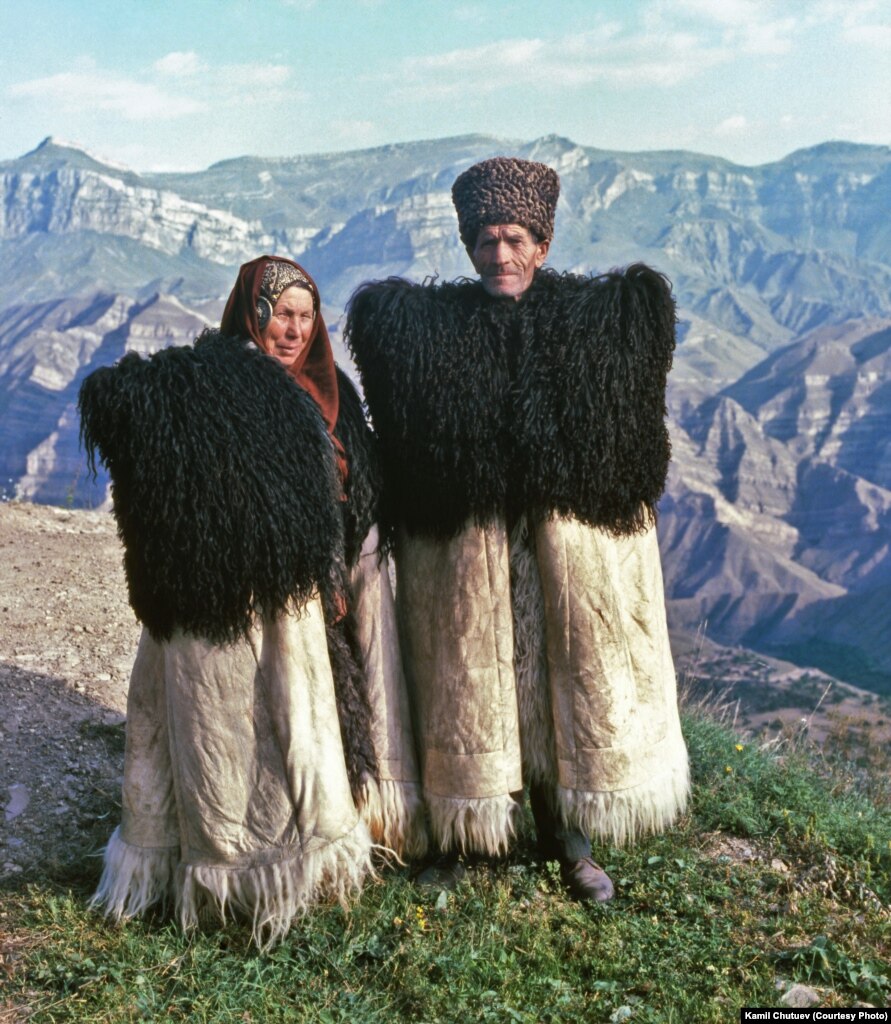Shejr Dar Vasfi Parchami Tochikiston

My Jewish Learning is a not-for-profit and relies on your help In traditional Jewish practice, the daily tefillot or prayers are divided into three separate services: Shacharit (the morning service), Mincha (the afternoon service), and Maariv (the evening service). Origins of the Daily Prayer Services By the talmudic period, the institution of praying three times day was an assumed part of Jewish life. The Mishnah records that there are three daily services, each connected to a particular time of day (Mishnah Berakhot 4:1).
The Babylonian Talmud also declares that men should pray three times a day, and a famous dispute emerges about the origins of this practice. Rabbi Yose bar Rabbi Hanina says that the weekday prayers were instituted by the patriarchs: Shacharit by Abraham, Minhah by Isaac, and Maariv by Jacob. In opposition, Rabbi Joshua ben Levi cites Rabbi Hanina, who says that the three daily prayer services were instituted in accordance with the daily sacrifices of the Temple period (Berakhot 26b). Shacharit corresponds to the morning offering, Minhah corresponds to the afternoon offering, Maariv corresponds to an offering made on the evening, and Musaf corresponds to an offering brought on certain special occasions.
 If you've enjoyed the video. Welcome to OUR Universe! Click the LIKE button! If you want to support the channel.
If you've enjoyed the video. Welcome to OUR Universe! Click the LIKE button! If you want to support the channel.
Though a consensus was never reached, rabbinic authorities agreed that three daily services are the basic requirement of Jewish daily prayer. Shacharit For the majority of the rabbinic period, when the Mishnah, Talmud, and other early rabbinic sources refer to “ tefillah,” they are always specifically referring to the Amidah prayer. For much of the rabbinic period, the three services most likely only consisted of the Amidah and nothing else. However, by the beginning of the geonic period, and with the assemblage of the first complete liturgy for the synagogue— Seder Rav Amram Gaon in the ninth century—the content of all three services expanded significantly in both breadth and depth. In terms of content, Shacharit is the most extensive of the three services. The morning prayers begin with a series of blessings meant to start the process of thanking God for our most basic needs.
The most notable of these blessings is the Birkot Hashahar. The early portion of the services offers blessings for various fundamental needs, such as clothing, and freedom, and includes textual references to sacrifices and other core Jewish texts. Practices vary regarding how much of these early passages are recited. The first major portion of Shacharit is Pesukei D’zimra, a series of passages mainly from Psalms that begins with Psalm 50 and concludes with the recitation of Yishtabakh. The purpose of the Peseukei D’zimra is to properly prepare oneself for the central portion of the morning service.
Fun Facts about the name Vasfije. How unique is the name Vasfije? Out of 5,933,561 records in the U.S. Social Security Administration public data, the first name Vasfije was not present. It is possible the name you are searching has less than five occurrences per year. Weird things about the name Vasfije: Your name in reverse order is Ejifsav.
Following Peseukei D’zimra, the main section of the Shacharit service begins with the Barkhu prayer, followed by the Shema in the middle, and ending with the Amidah. This portion of the service is also known as Shema U’Birkhotekha, or “Shema and its subsequent blessings.” It is customary for one not to speak or interrupt their prayers from the Barkhu through the Amidah. After the Amidah comes Tahanun, the penitential prayers. On Mondays and Thursday, the Torah is read in public minyanim (groups of 10 or more). This is in accordance with the practice instituted by Ezra the Scribe in Ancient Judea (Nehemiah 8). The weekday reading is shorter than the one on Shabbat; the first aliyah of the coming week’s Torah portion is split into three smaller aliyot.
Mincha and Maariv Mincha is the shortest of the three services. It begins with Ashrei (Psalm 145), is followed by the Amidah and Tahanun, and concludes with the Aleinu. In some sense, Maariv is comparable to the other daily services, as it contains similar content to Shaharit, with both the Shema and the Amidah, which are meant to be joined together as a single liturgical unit. However, in some ways, Maariv is the most dissimilar of the three daily services, because of the ways in which it is described by the rabbis of the Talmud and Mishnah. The Mishnah states that Maariv is “ ein la keva,” or “without a fixed time” (Mishnah Berakhot 4:1).
This statement could mean that the Maariv service does not have a window of time in which it should be recited, as opposed to Shaharit and Minhah, each of which have very proscribed time frames. Yet, when commenting on the meaning of this statement that Maariv is “ein la keva,” the Talmud says that the Maariv service is reshut, which means that it is optional, as opposed to Shaharit and Minhah, which are hovah, or mandatory (Berakhot 26a). Later rabbinic authorizes assert that Maariv has the same status as Shacharit and Minhah, the halakhically mandated services. However, because Maariv is given a different status by the Talmud, it is the only daily service where it is not customary for the prayer leader to repeat the Amidah after the silent recitation.